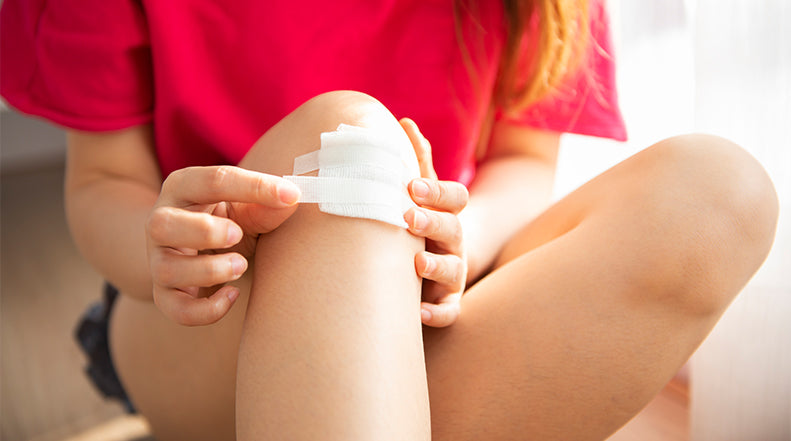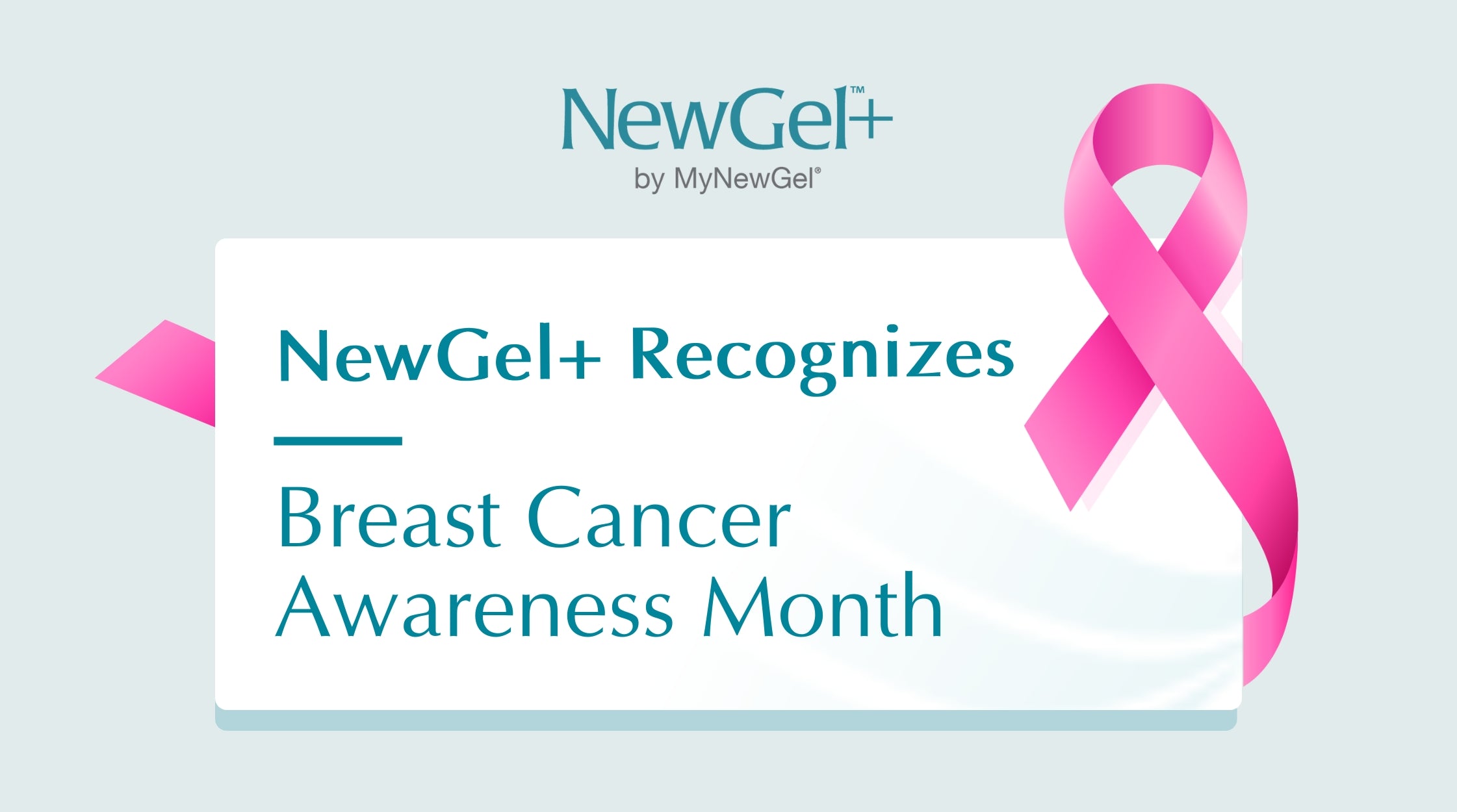7 Things You Need Before Your C-Section

If your doctor has decided in advance that you’ll need to deliver via C-section, there are several things you’ll need to plan to ensure that your baby’s birthday goes as smooth as possible. Keep reading to learn 7 things you need if you’ve schedule a C-section.
1. A HOSPITAL BAG
After a vaginal delivery, most women only have to stay in the hospital for one to two days. However, those who deliver by C-section will usually stay for three to five days, and occasionally longer, to recover from this major surgery. Due to the length of your hospital stay, one thing you need if you’ve scheduled a C-section is a hospital bag packed with all of your essentials. You’ll need toiletries, such as toothpaste and toothbrush, hair brush, soap, shampoo, lotion, etc. Also, you’ll want to bring comfortable clothes for your hospital stay. Include shirts that have zip or buttoned fronts if you plan on breastfeeding your baby. It’s also a good idea to bring soft clothes with loose elastic or adjustable waistbands that won’t rub against your C-section incision.
2. SUPPLEMENTS
In addition to your prenatal vitamin, some doctors recommend the following supplements for enhanced wound healing: vitamins A, C, D, K, all B vitamins, zinc, magnesium, calcium, and amino acids (L-arginine and L-glutamine). Please check with your doctor before taking any supplements.
While there are several supplements you can take to enhance wound healing, there are some supplements that you should avoid. Vitamin E is a supplement that should be avoided as it may cause excessive bleeding during your C-section and impair wound healing.
3. SOAP
Another thing you need if you’ve scheduled a C-section is a mild soap to clean the incision. Sonas Home Health recommends to remove your wound dressing and take showers if stitches, staples, or glue were used to close your skin, but do not soak in a bath. Use a mild soap to keep the incision area clean to help prevent infection or inflammation. Bacterial invasion of your C-section wound can lead to excessive collagen production, ultimately leaving you with a raised, discolored scar. Thus, ensuring that your wound is clean and dry will help to prevent abnormal scar formation.
4. A HEALTHY DIET
Even though your pregnancy may have you craving a bowl of chocolate ice cream every night, it is best to stick to a healthy diet in order to promote healthy wound healing. It is recommended that you eat foods that are anti-inflammatory and have vitamin C, such as berries, kale, and broccoli. The vitamin C in these foods supports the production of collagen, a protein that helps to repair tissues after injury. Additionally, foods that are rich in omega-3 fatty acids, such as nuts and seeds, are anti-inflammatory.
5. A PLAN TO PREVENT CONSTIPATION
Constipation is common after C-sections due to the combination of pregnancy hormones and narcotic pain relievers. It’s important to have a plan to prevent constipation as the straining will put pressure on the incision, leading to pain and potentially improper wound healing.
Marianne Ryan, a physical therapist in New York City, suggests trying a toilet stool or propping up your feet on yoga blocks to straighten the colorectal angle instead of cramping it. Also, eat fiber-rich foods, drink plenty of water, and ask your provider about using a stool softener.
6. GRADUATED COMPRESSION UNDERGARMENTS
Typically after a C-section you’ll be given something called an abdominal binder, which is designed to provide sustained compression to help ease the pain. However, some say that these binders aren’t always the best option as they take over the work of the abdominal muscles, making them weaker over time. Also, a binder can put pressure on the pelvic organs and increase the risk for urinary incontinence and pelvic organ prolapse. So what can you do to help alleviate the pain after your section? Look for graduated compression undergarments. These will help to support the muscles while easing the pain and swelling, and they won’t cause the problems that abdominal binders can cause.
7. SILICONE GEL
C-section incisions, like all surgical incisions, will leave a scar. However, it is possible to improve the appearance of the scar so that it is barely noticeable. Along with proper wound care, the first step you can take to prevent unwanted scar formation is to begin treatment early, as soon as 10 to 14 days after surgery. Experts consider silicone-based products to be the gold standard, first-line, non-invasive option for both the prevention and treatment of scars. Silicone gel safely heals wounds by providing them with the hydration, occlusion, and support needed to prevent scar formation.
Did you know that NewGel+ offers the widest variety of silicone scar treatment products available? There are several NewGel+ products specifically designed for C-section incisions to soften, flatten, and fade your scar. Case studies show that using NewGel+ C-section strips after any staples or stitches have been removed can help make your scar flat and soft while reducing redness, itchiness, tightness and pain.




Comments